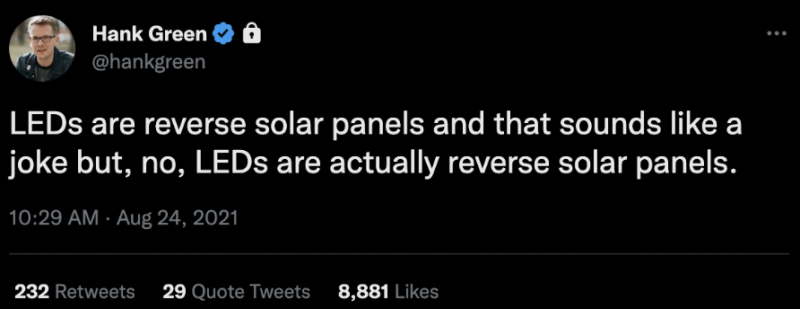
making solar cells by Vincent H. '23
lessons from my nanotech class
at the beginning of the semester i wrote a post where i mentioned that i was taking the class nanotechnology: from atoms to systems (6.2540) because it was one of the few mit courses offered this semester that felt like magic to me – in the sense that the material was so far beyond my comprehension that it was indistinguishable from magic. that turned out to be a good decision, as 6.2540 is now one of my three favorite technical classes i’ve taken at mit, along with molecular basis of infectious disease (7.26) and computation structures (6.1910/6.004)
at a high level, the lectures cover optics, quantum mechanics, their relationship to materials science and engineering, and fabrication technologies; then there are weekly labs where you make spectrometers, quantum dots, leds, and sensors. for the last month you work on a project where you fabricate something of your choice (anything is fine as long as it has an important component whose width is less than 10 nanometers). my group chose to make tandem solar cells, which basically means making two complementary solar cells that can be stacked in a way which increases power generation without taking up more land area
by the way, if you’re curious what the single most mind-blowing moment from the course was, for me it was when we drew the energy diagrams for the components of solar cells and LEDs and saw that they were the exact same:

i’m not going to talk much about the science or tools or fabrication processes in this post, mostly because there’s too much technical background to explain. for now i’ll just say that you can deposit thin layers of metal via sputtering, and you can deposit thin layers of other materials by suspending them in solution, spinning droplets rapidly to create a thin film, and then boiling away the solvent
arguably more important than the technical details is that 6.2540 is the only technical class i’ve ever taken which has left me feeling genuinely hopeful and optimistic afterwards. i’ve enrolled in many math and cs and biology and music classes, and a lot of them have been great in the sense that they’ve been enlightening or have taught me specific skills, but usually it’s not clear why we should care about the problems we’re studying other than that they’re interesting. by contrast, with nanotech:
- solar cells are heavy, which makes them expensive to transport and complicates installation as they require a well-supported roof. while working on the final project, our ta showed us a prototype of a flexible printable solar cell he was developing, and then we saw videos of how these ultra-thin cells are being deployed to drastically improve the feasibility of solar power in developing countries
- around a third of produce in the usa is thrown out before it can be sold, because supply chains don’t have a way of figuring out which produce is closer to ripening. in one of the labs we built an alcohol sensor, and then we discussed how a similar device could be designed to produce cheap ethylene sensors and how an mit nano startup is using these ideas to minimize food waste
- there were quite a few other examples such as covid testing and reducing pesticide runoff that i won’t go into
in the current era of environmental and climate doomerism, 6.2540 is the first convincing proof i’ve seen that we can actually solve climate change and issues surrounding sustainability. i have never been more confident that we can find engineering solutions to our problems if we choose to dedicate our lives to them. it’s hard not to be convinced when you’re surrounded by faculty and grad students who are making meaningful progress, and when they can actually explain their work to you and show you, a student new to the field, how to use the same tools they use in a digestible manner. for that reason alone i’m very grateful to have taken this class